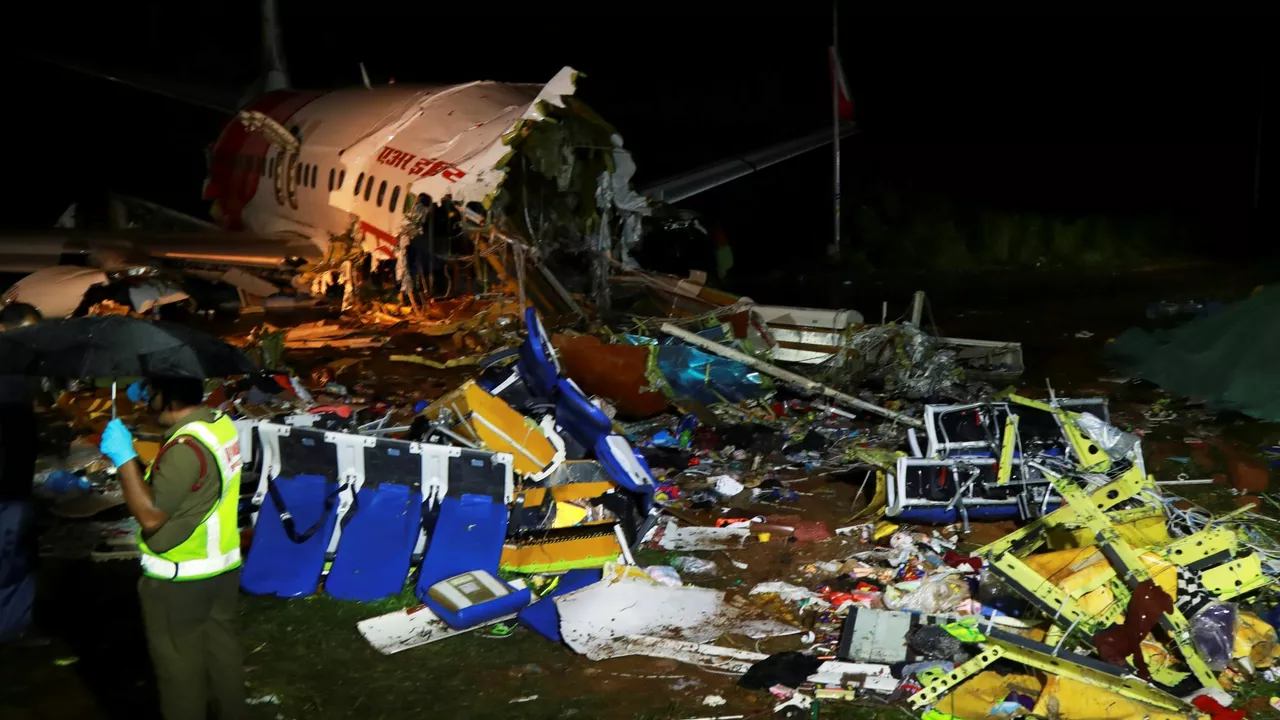Plane Crash – Facts, Safety Tips, and How Investigations Work
When you hear "plane crash" your mind jumps to headlines and movies, but the reality is far more practical. Most flights land safely, and the industry spends billions on making that happen. Understanding the main reasons behind crashes, what airlines do to prevent them, and how you can act if you ever find yourself in an emergency can make the whole experience less scary.
Common Causes of Plane Crashes
Almost every crash has a mix of factors, but a few stand out. Bad weather is a big one – fog, storms, and strong winds can mess with a pilot’s view and the aircraft’s performance. Mechanical failure also plays a role; a faulty engine or broken hydraulic system can turn a routine flight into a crisis. Human error, whether a misread instrument or a wrong decision, still shows up in many investigations. Finally, bird strikes and runway incursions (when another plane or vehicle is on the runway) add extra risk, especially at busy airports.
Airlines and regulators track these causes closely. After every incident, a team from the accident investigation board digs into flight data recorders, cockpit voice recorders, and maintenance logs. Their reports shape new rules, better training, and design upgrades that keep future flights safer.
What to Do During a Crash Emergency
If you ever hear a warning bell or feel the plane shudder, stay calm and follow the crew’s instructions. The first thing is to adopt the brace position: place your head against the seat in front, feet flat on the floor, and hands over your head. This reduces the chance of injury when the impact hits.
When the plane stops moving, listen for the evacuation command. Leave all personal items behind – they only slow you down. Use the nearest exit, even if it’s a window. The floor-level slides deploy automatically; if they don’t, pull the handles. Once outside, move a safe distance away from the aircraft and wait for rescue teams.
Knowing the location of the nearest exit before takeoff can save precious seconds. Most airlines include a safety card in the seat pocket; give it a quick glance. Some phones now have emergency SOS features that can call for help without unlocking the screen – it’s worth checking your settings before you fly.
Beyond the immediate steps, staying informed about airline safety records can help you choose a carrier that invests heavily in maintenance and training. Look for airlines with a strong safety culture, modern fleets, and transparent reporting.
In short, plane crashes are rare, but they do happen. Knowing the typical causes, the safety measures in place, and the right actions to take can turn fear into confidence. The next time you board a flight, you’ll have a clear picture of what’s happening behind the scenes and how you can stay safe if anything goes wrong.

Why did the Air India plane crash in Kerala?
You know, it seems that airplanes and gravity have a love-hate relationship. So, let's dive into why the Air India plane decided to play "kiss the ground" in Kerala. The main culprit seems to be the slippery runway due to the rain, which made the plane skid like a teenager trying to do a drift in his dad's car. It was like the plane was trying to audition for Ice Road Truckers! Just shows, even airplanes can't resist the thrill of sliding around in the rain. Remember folks, safety first!